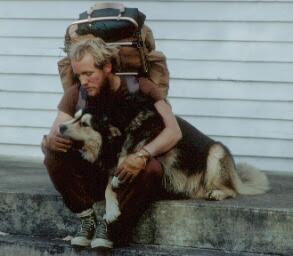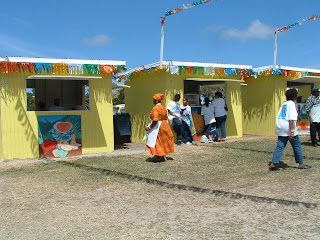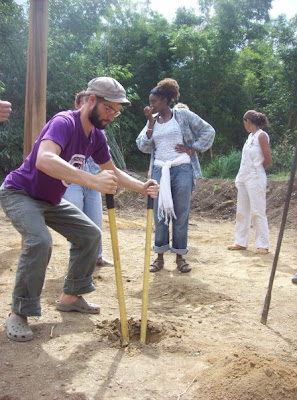My freshman year of college started on a Monday. By Wednesday of the next week, I was laying in a hospital bed with my roommate, Wes. He had been placed in the bed, and I in a chair facing him. Once the nurse left, I wobbled across the floor and climbed into the tiny bed, squeezing myself in between my friend and the safety bars that were in their upright and locked position.
The sleeping pills had worn off just enough for me to cognitively process about 14 percent of what was going on around me. Wes was probably around the 5 percent mark.
Laying in the bed, cradled by the cold metal bars, we simultaneously had a sudden urge to urinate. Wes fumbled for the nurse-call button. He pushed it.
"Hey, we really need to go to the bathroom."
"Ok, someone will be right there."
Minutes, possibly a few seconds, passed. We rang again.
"We still need to go to the bathroom."
"Just one moment, sir."
One moment passed. We rang again.
"Look, I don't mean to be a pickle in your butt," Wes said, "We just really have to pee."
The nurse's response falls into that 86 percent that I didn't cognitively process.
We decided to take things into our own hands when the nurse failed to escort us to the bathroom after a third request. We stumbled out of bed, and began to tiptoe through the hospital corridors, searching long and hard for a white porcelain oasis. The Mission Impossible theme song was playing audibly in my head as I peered around corners and skipped past scrub-clad henchmen.
I remember coming to a door that our brains told us was an acceptable place to relieve ourselves. Whether it was an actual bathroom or not is impossible to tell. All that I can say is that we both urinated somewhere in that maze of hospital hallways.
overload
2 years ago



























